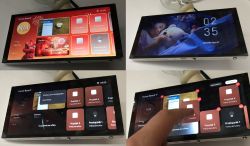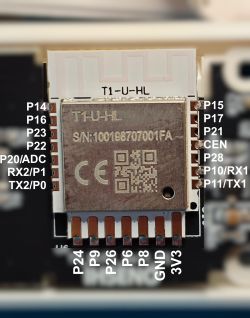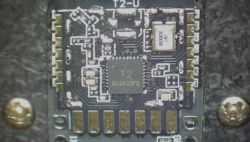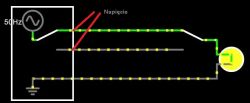Staircase switch project on ESPHome. AC 230V light circuit with two stair switches.
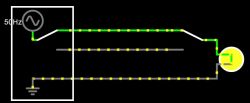
Access is only to the box marked with the white square. I want to replace one stair switch with a bistable relay, the other switch is to stay as it is.
How do I do the detection that the light is on? I am considering a current sensor (e.g. ACS712) between the power source and the bi-stable relay.

Access is only to the box marked with the white square. I want to replace one stair switch with a bistable relay, the other switch is to stay as it is.
How do I do the detection that the light is on? I am considering a current sensor (e.g. ACS712) between the power source and the bi-stable relay.



